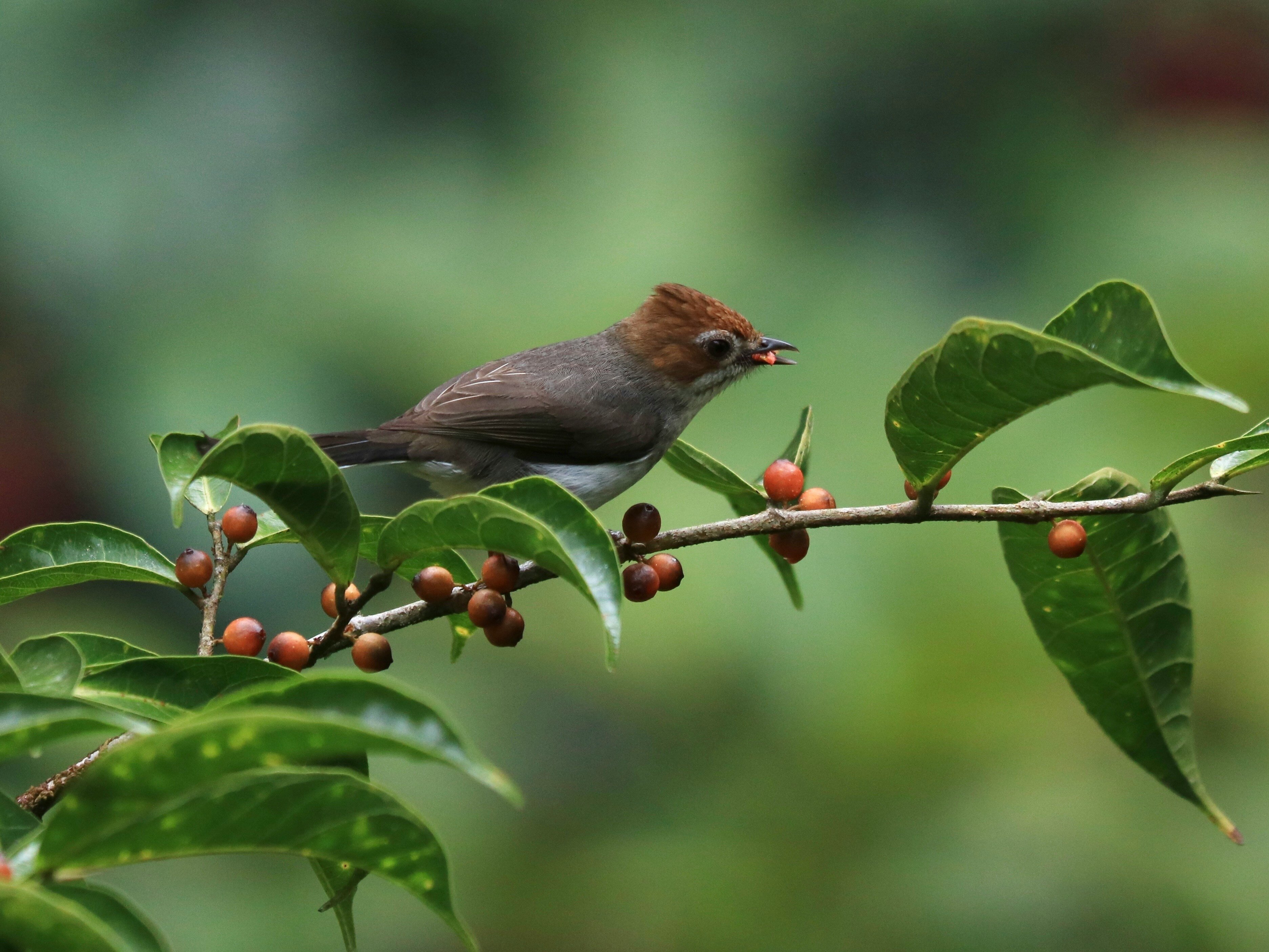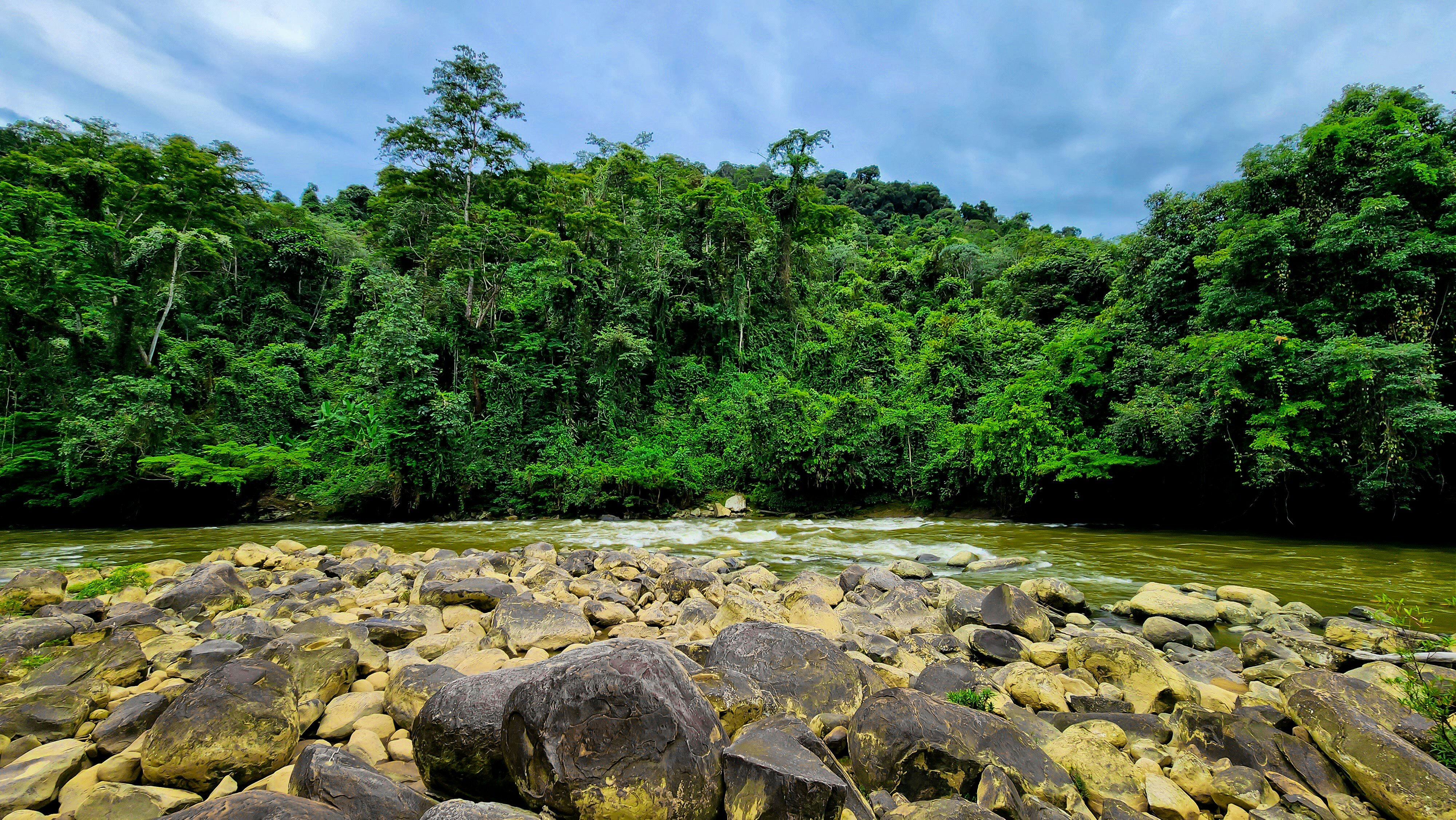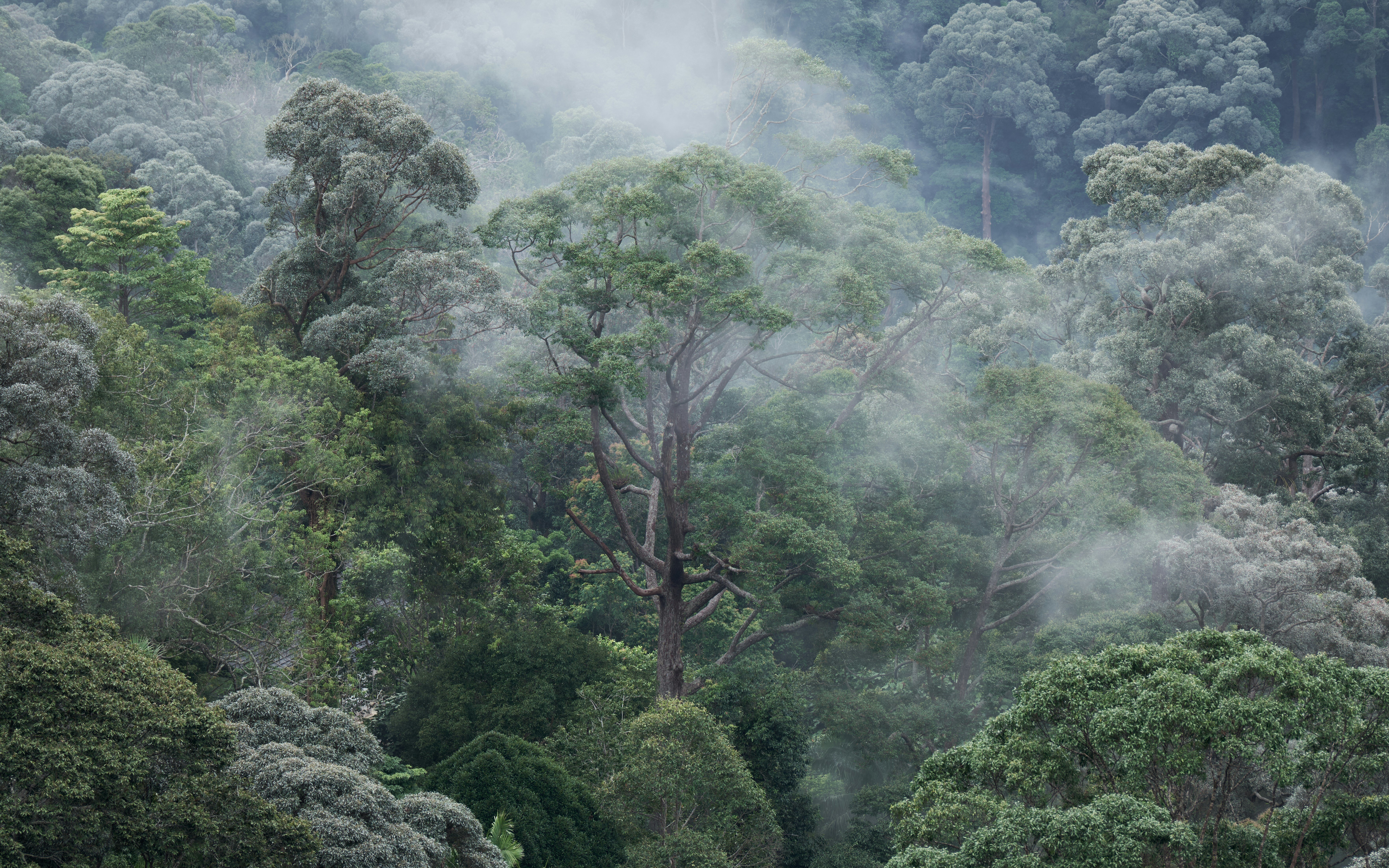Week 29: Conservation Finance News
PAC recommends amending laws for improved mining and forestry enforcement and conservation
Amending the Mineral Development Act is essential for the mining industry to achieve sustainability goals, as Minister Nik Nazmi highlighted following the Parliamentary Public Accounts Committee (PAC) recommendations to address illegal mining and enhance enforcement of regulations. In tandem, PAC recommended amending the National Forestry Act 2022 to enhance state-level enforcement, reduce logging, and promote ecotourism. The Ministry has expanded its community rangers program and enhanced enforcement through technology. For more details, visit the full article here.
63% of Sabah is concealed by forest, with PFR up by 49%
Sabah, the second-largest state in Malaysia, has around 63% of its area still covered by forests, including various conservation areas. The permanent forest reserves in Sabah have increased by 566.57 hectares from 2020 to reach 49% of the state's total area. State Chief Minister Datuk Seri Hajiji Noor shared this information during a state assembly sitting in response to a question about the forest reserve area presented by Datuk Darell Leiking. Click here to learn more.
Conservation group urges action on the decline of Malayan tigers
Malayan tigers are at risk of extinction due to recent roadkill incidents. The Malaysia Nature Society warns of urgent action needed to save the Malayan tigers from habitat loss due to development, with numbers possibly dropping below 150 in a decade. Experts stress the need to replenish prey populations, implement mitigation measures to reduce conflict, and enhance anti-poaching efforts to protect Malayan tigers, including erecting warning signs and viaducts along roadways. Click here to learn more.
Four Key Biodiversity Trends to Watch in 2024
Investor interest in nature is growing, prioritizing biodiversity and nature-positive financial flows. Initiatives like COP15 and TNFD drive transparency on business impacts, with TNFD aiming to provide comparable data sets. COP16 will focus on 2030 targets, emphasizing finance and stakeholder engagement in biodiversity. Concerns exist over governments' progress in protecting biodiversity. These are the top four trends in biodiversity in 2024. To learn more, you can click here.
US and Indonesia seal $35 million blue carbon debt swap
The U.S. has agreed to forgive $35 million of Indonesian debt over nine years in exchange for Indonesia restoring and preserving coral reefs in the Coral Triangle. The deal funds 15 years of conservation work in critical areas of Indonesia, including coral reef-rich regions facing challenges from bleaching events. The agreement focuses on coral reefs, involving debt forgiveness and contributions from conservation groups to support reef restoration and sustainable livelihoods in the region. To know more, you can click here.
Enhancing Thai forest protection with fiscal innovations
Thailand's lush forests, home to diverse species and vital ecosystems, are at risk due to urbanization and commodity-driven deforestation in 2021. With 124.375 million rai of forest at stake, Thailand faces critical deforestation challenges. The government promotes legislation and sustainable practices for forest restoration, emphasizing community participation and ecotourism. Collaborations like KKI-Warsi highlight fiscal incentives and community engagement for sustainable land management in ASEAN countries. To know more, you can click here.
How do bilateral carbon credit pacts benefit Singapore?
Laos is the 19th country to partner with Singapore on carbon credits, aiding both nations in meeting climate goals. This collaboration enables Singapore to develop as a carbon services and trading hub, with agreements also in place with Papua New Guinea and Ghana. Carbon credit trading benefits both Singapore and host countries by funding conservation projects and reducing pollution. Click here to learn more.
Planted mangroves can store up to 70% of carbon stock within 20 years, reveals new research
Planted mangroves can store up to 70% of the carbon found in intact mangrove stands within 20 years, according to research by ecologists from the US Forest Service. The study used data from nearly 700 planted mangrove stands worldwide and emphasized the importance of conserving existing mangrove stands alongside restoration efforts. Mangroves are valuable for their carbon storage capabilities, coastal protection, and habitat provision for diverse species. However, the researchers caution that replanting alone cannot replace conservation efforts. Click here to learn more.
Brazil rushes to launch carbon market before COP30
As Brazil prepares to host COP30 in 2025, launching a carbon trading system driven by deforestation and agriculture, challenging President Lula da Silva's emission targets. The ETS, similar to the EU's, aims to cap emissions but faces controversy due to excluding agriculture, potentially impacting its effectiveness. Robust regulation is vital for ensuring carbon credit credibility and transparency, addressing concerns of exploitation and fraud in forest community deals. To learn more, click here.
Bloomberg on nature data complexities
Investors seek specific biodiversity and nature data for risk assessment in operations and supply chains. Collaboration among finance, data industries, NGOs, and academia is crucial for high-quality data access. Initiatives like TNFD drive risk management, while regulations and standards support data collection. Focus on issuer-specific data, transparency, and stakeholder engagement for reliable insights on climate risks and opportunities. To know more, you can click here.



